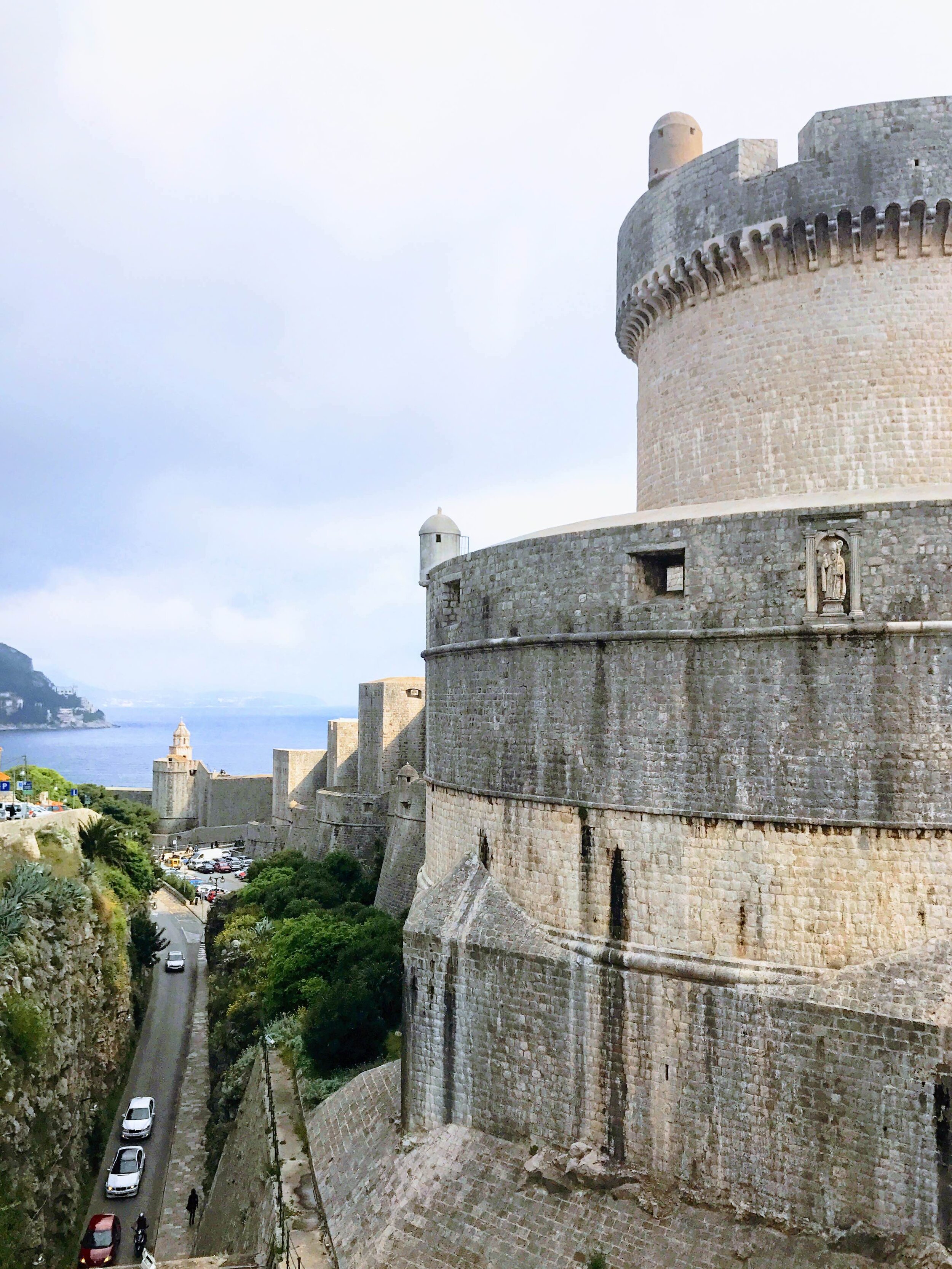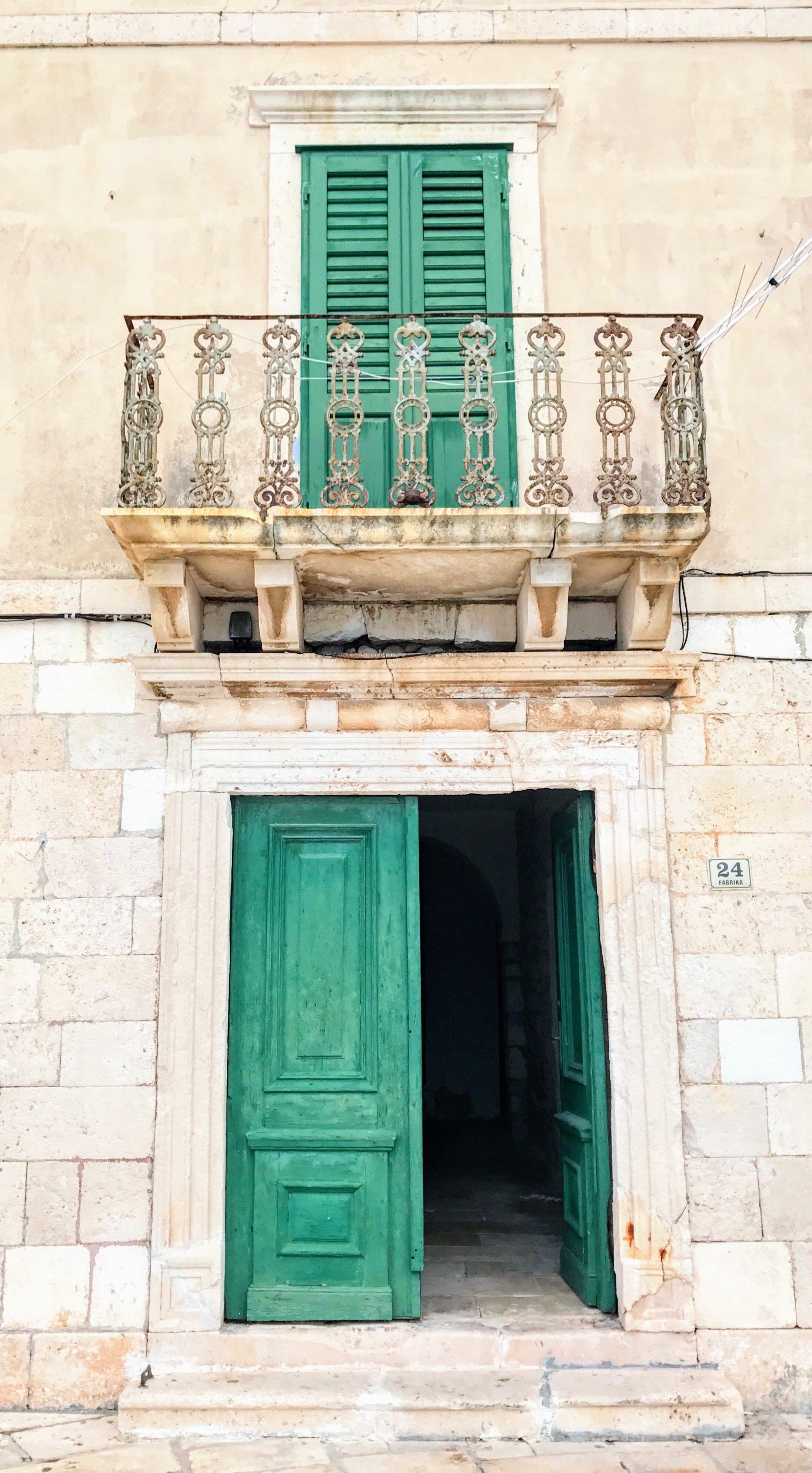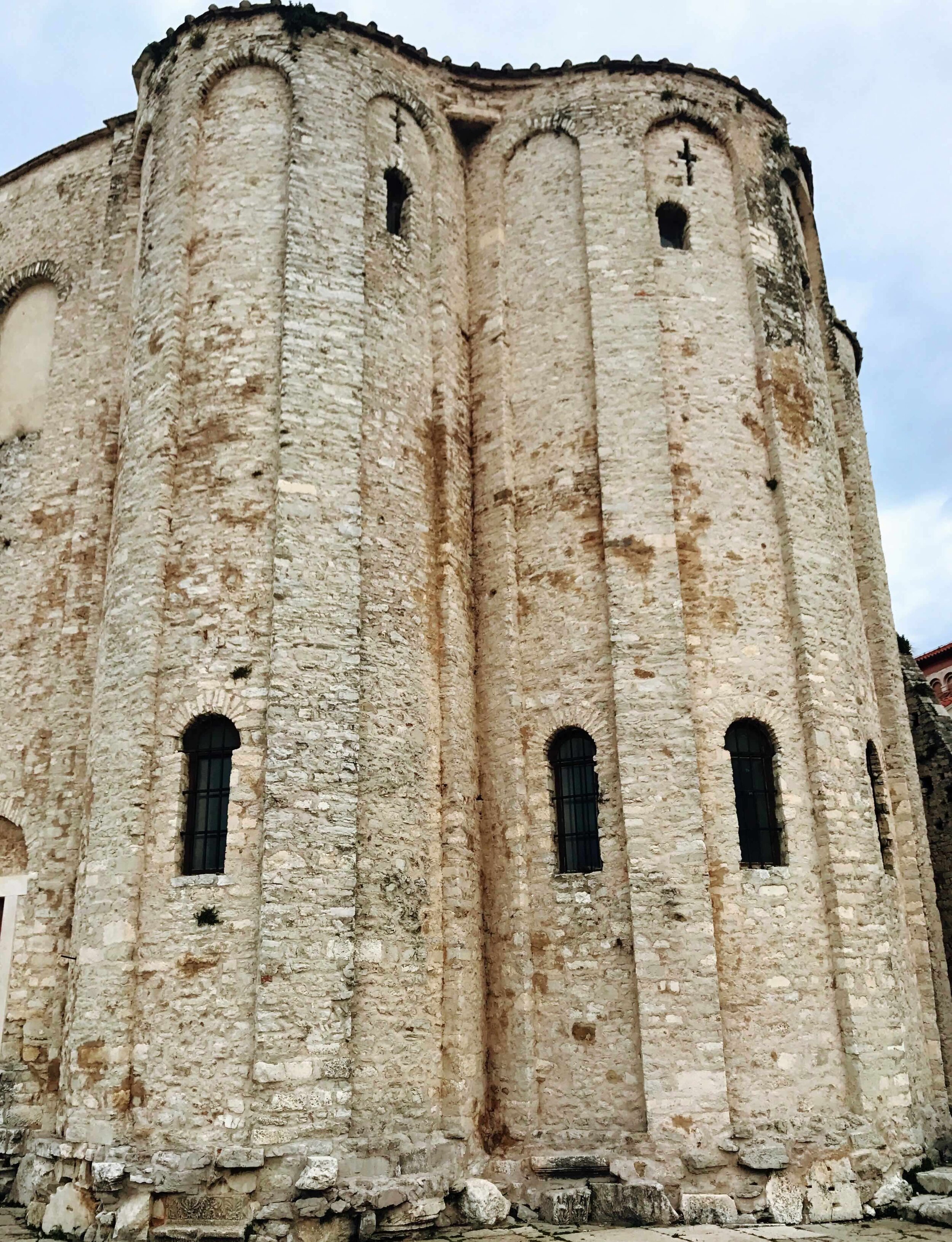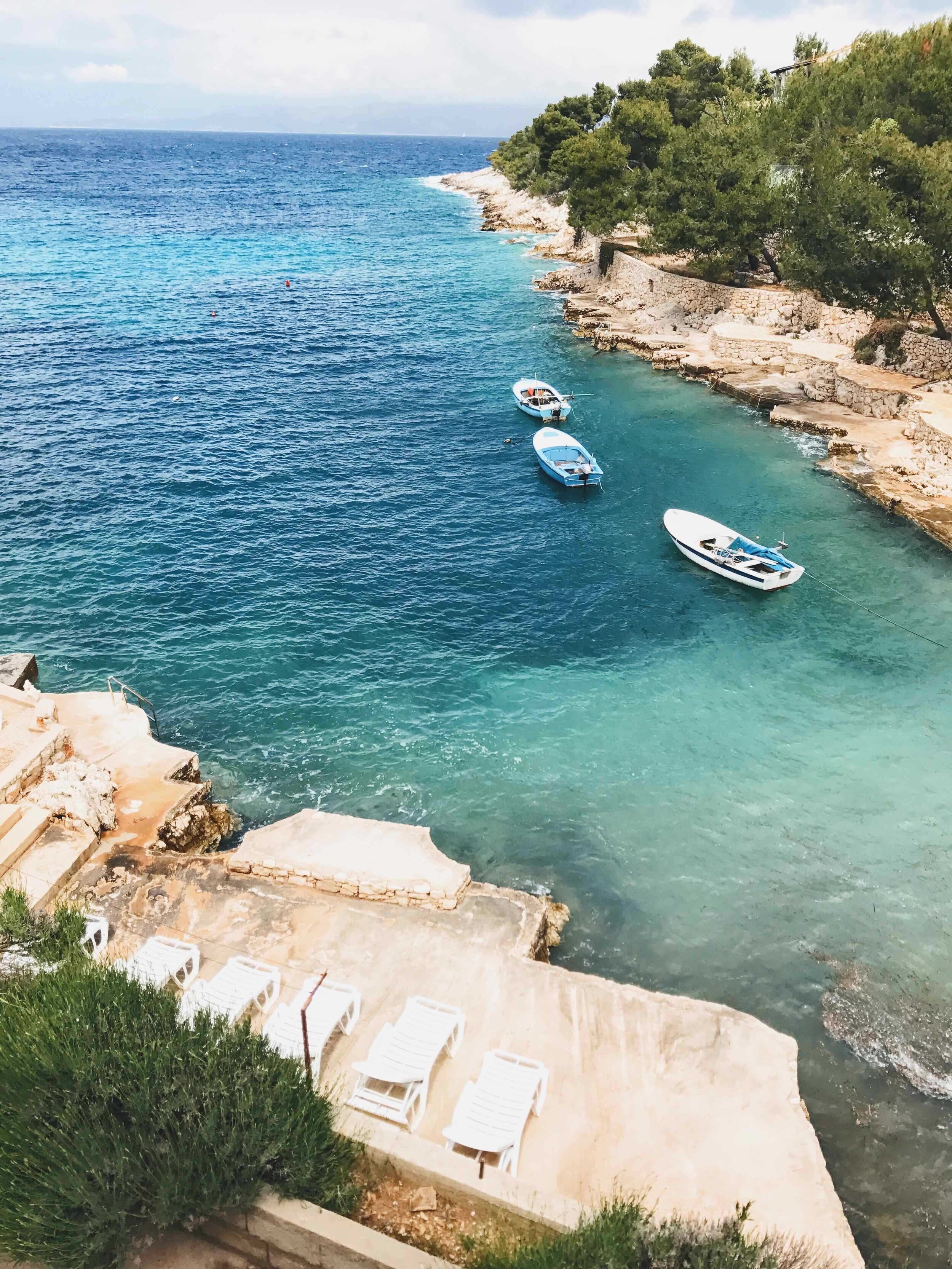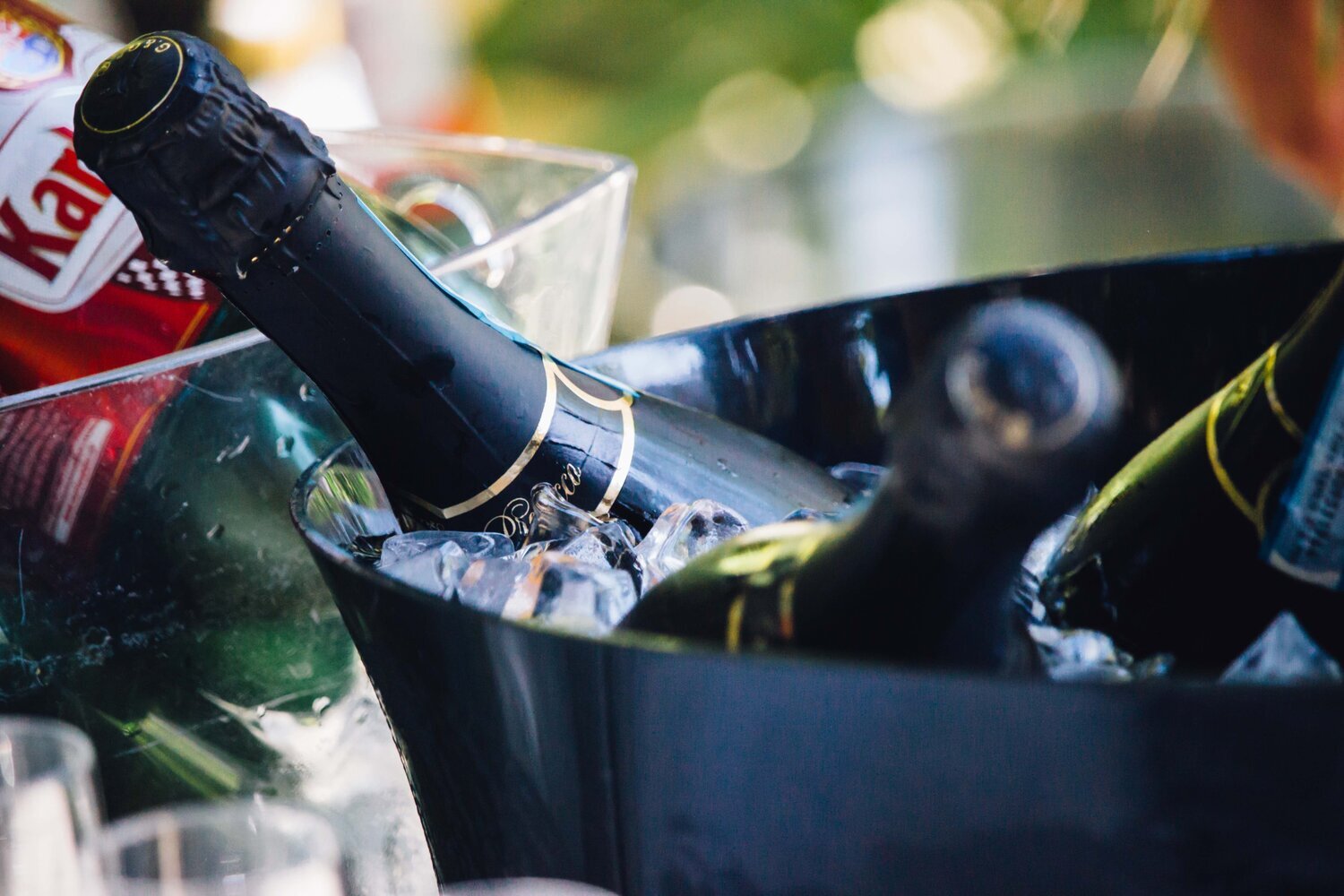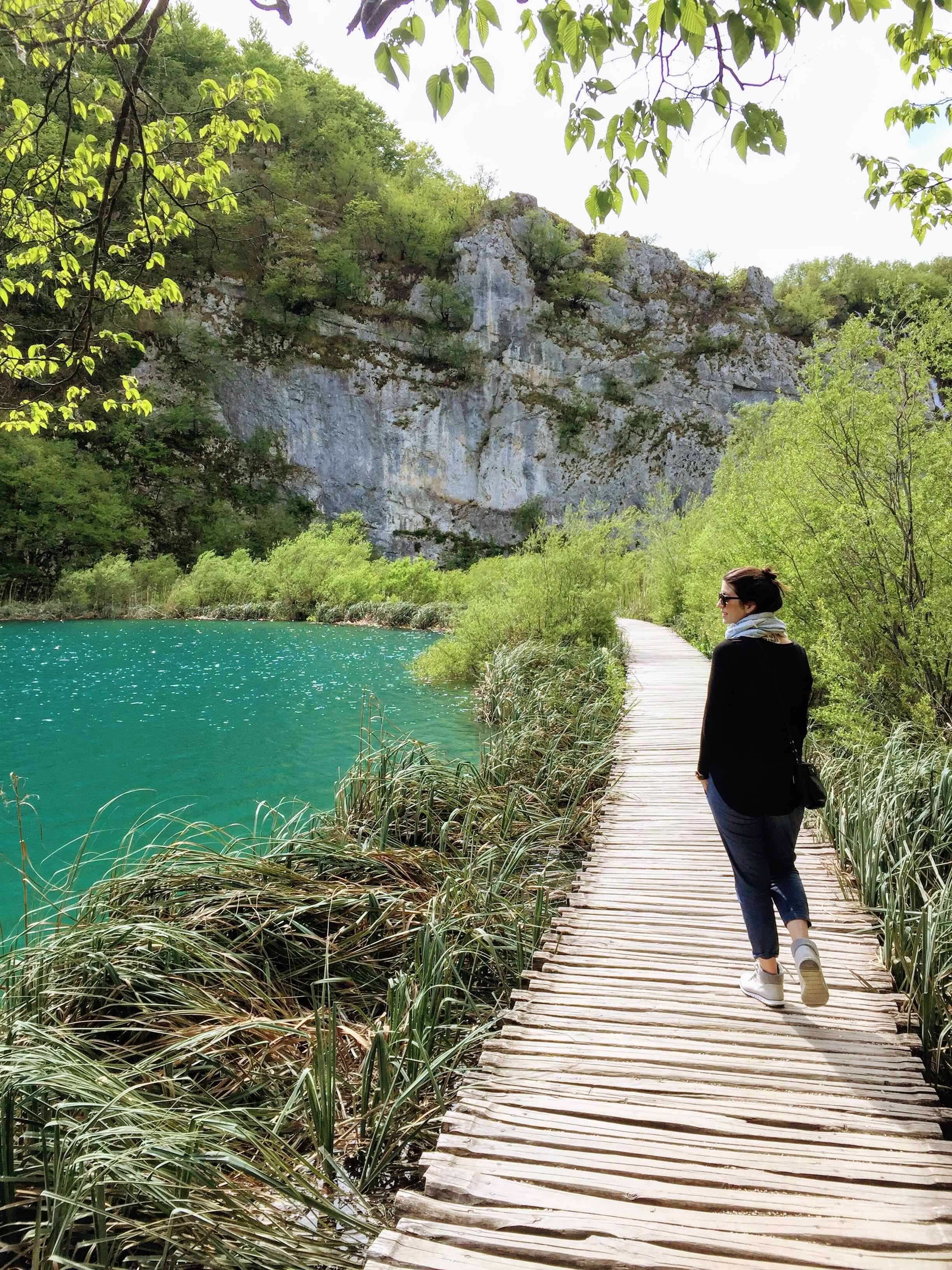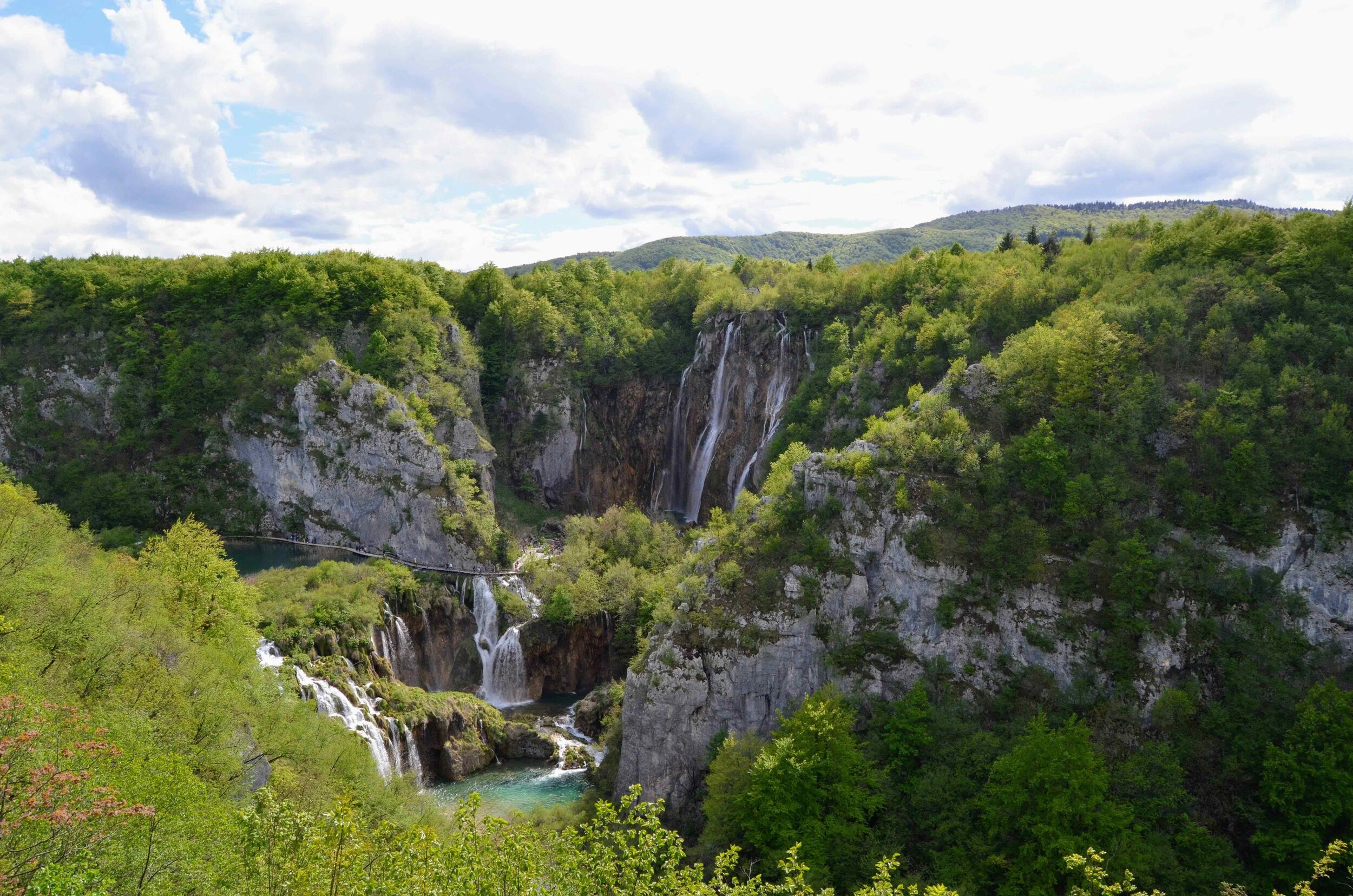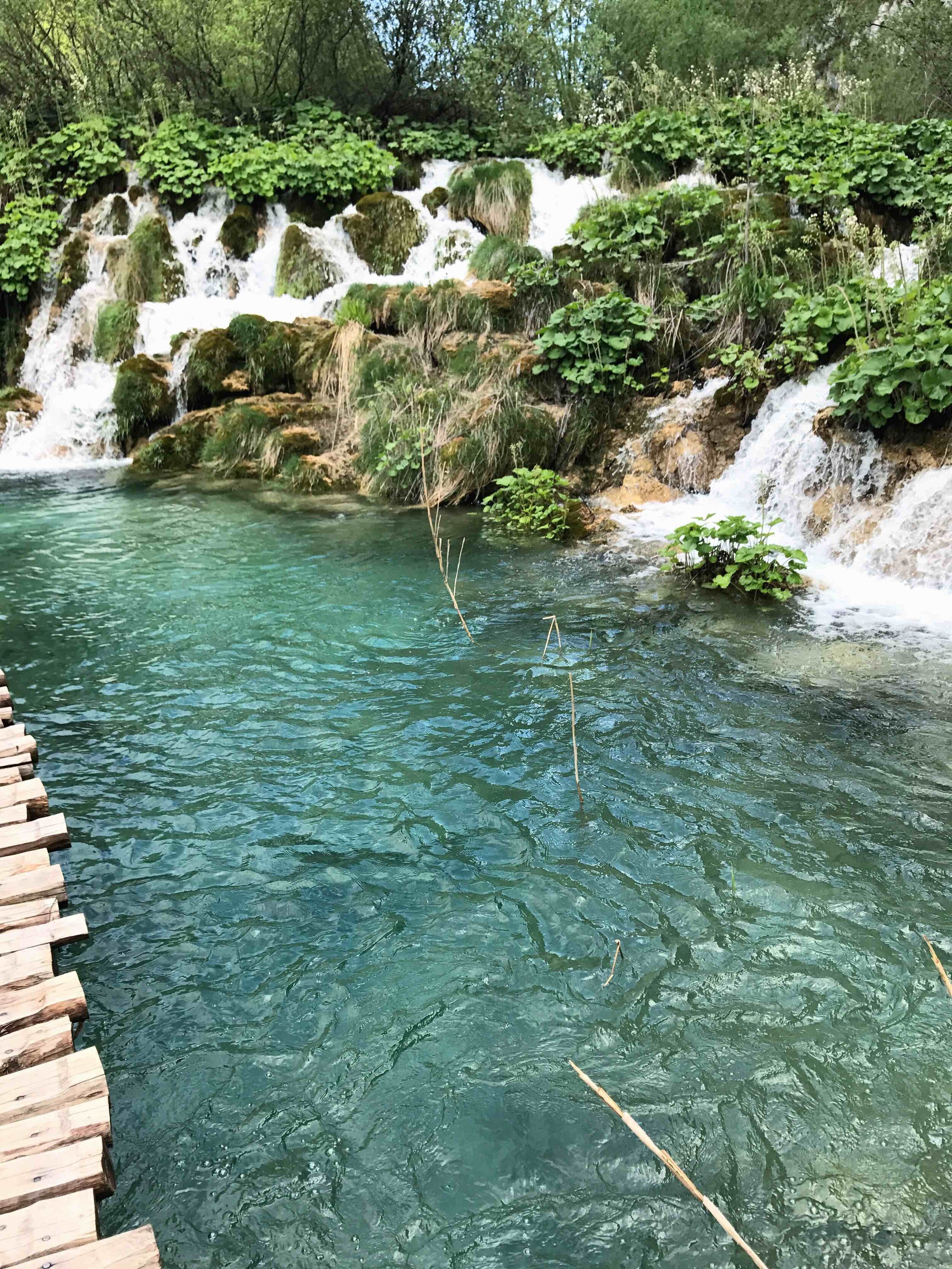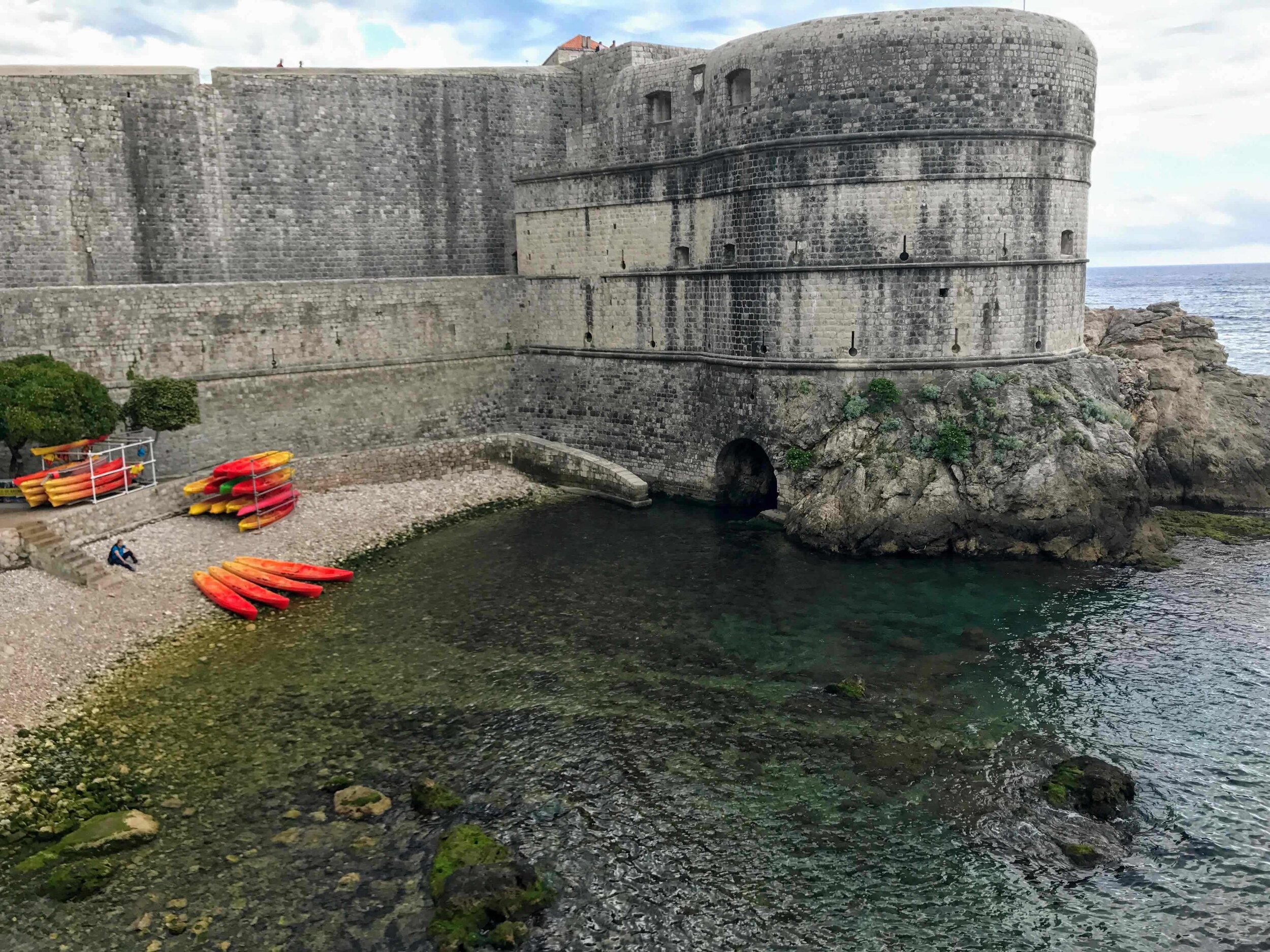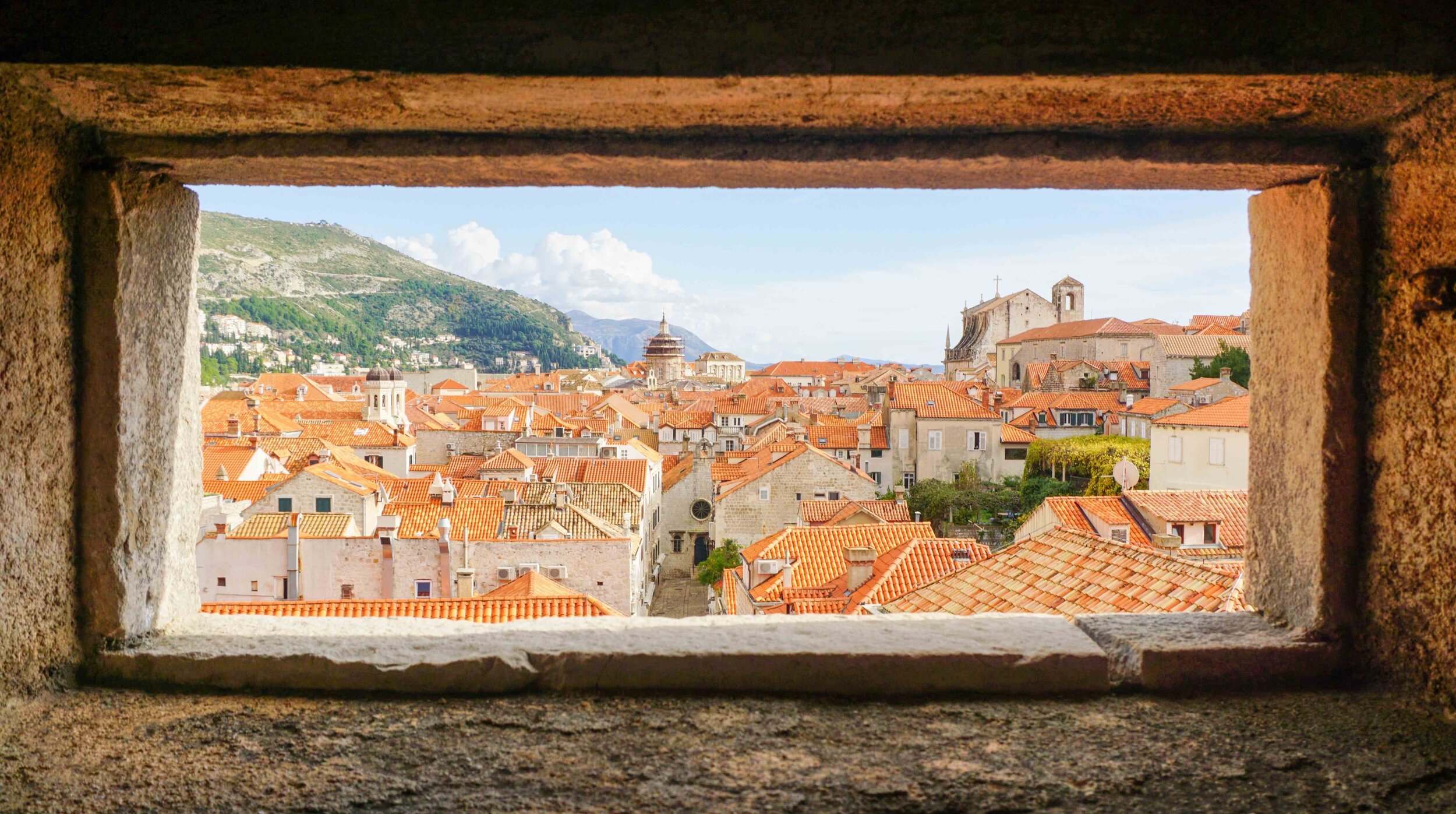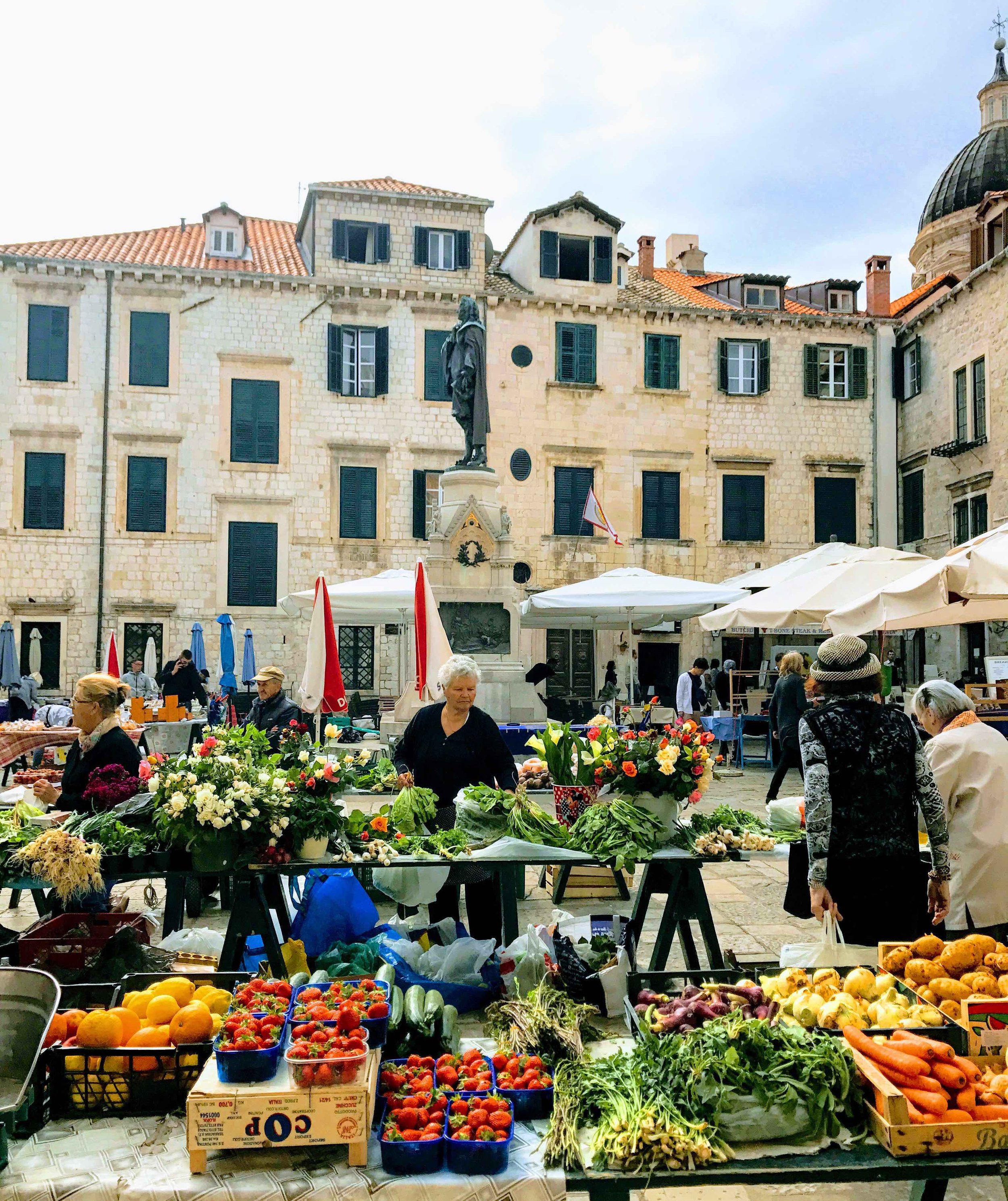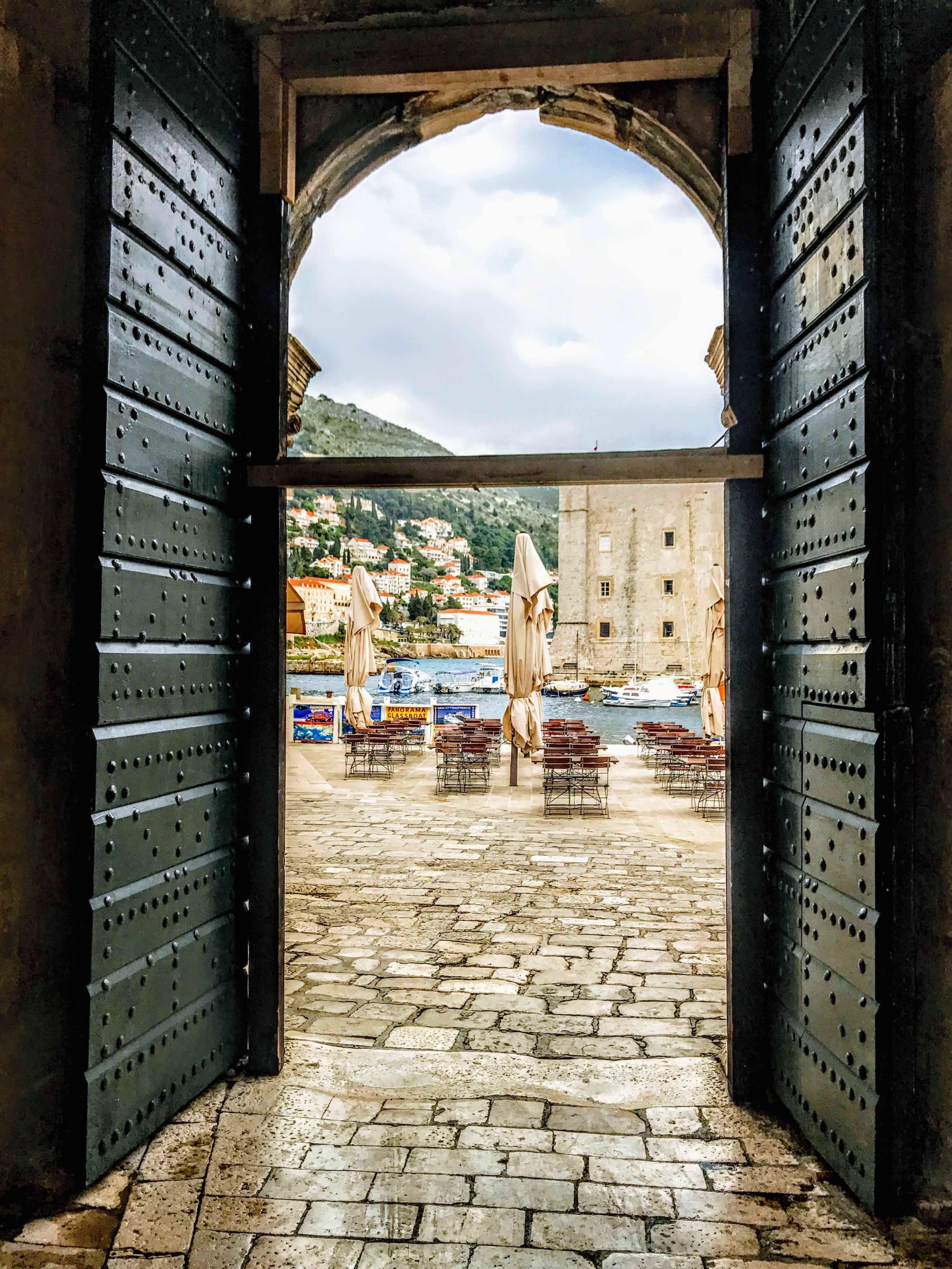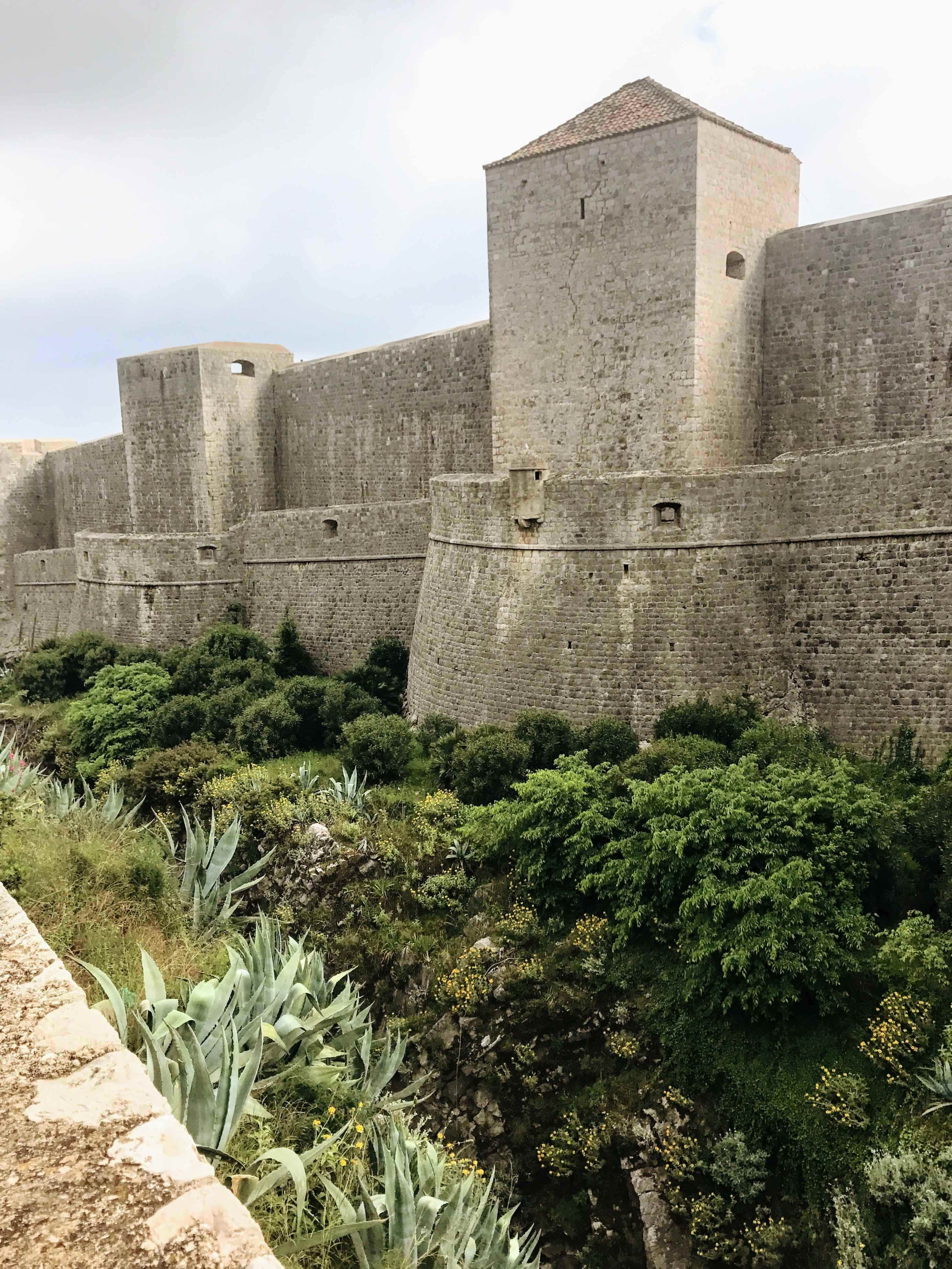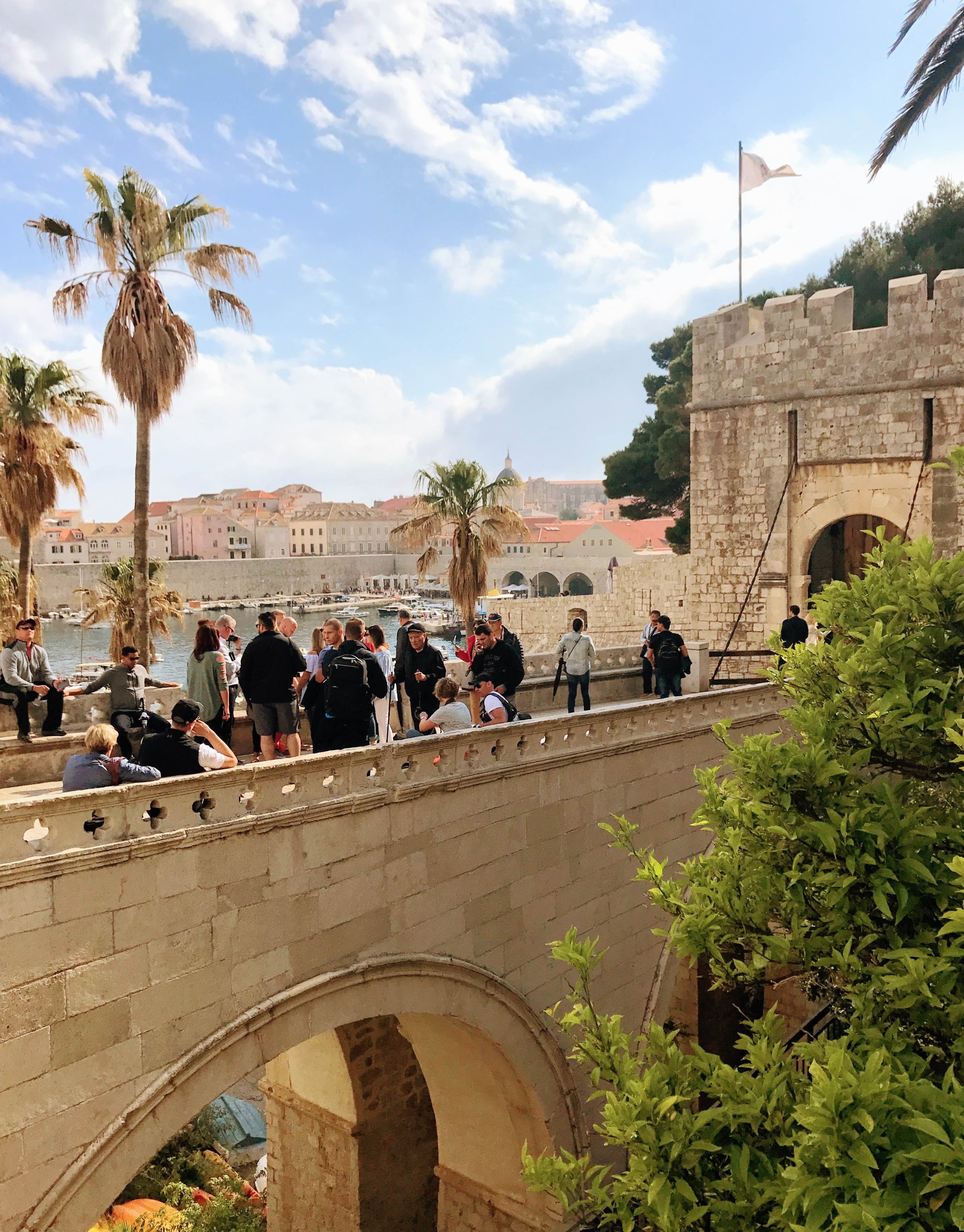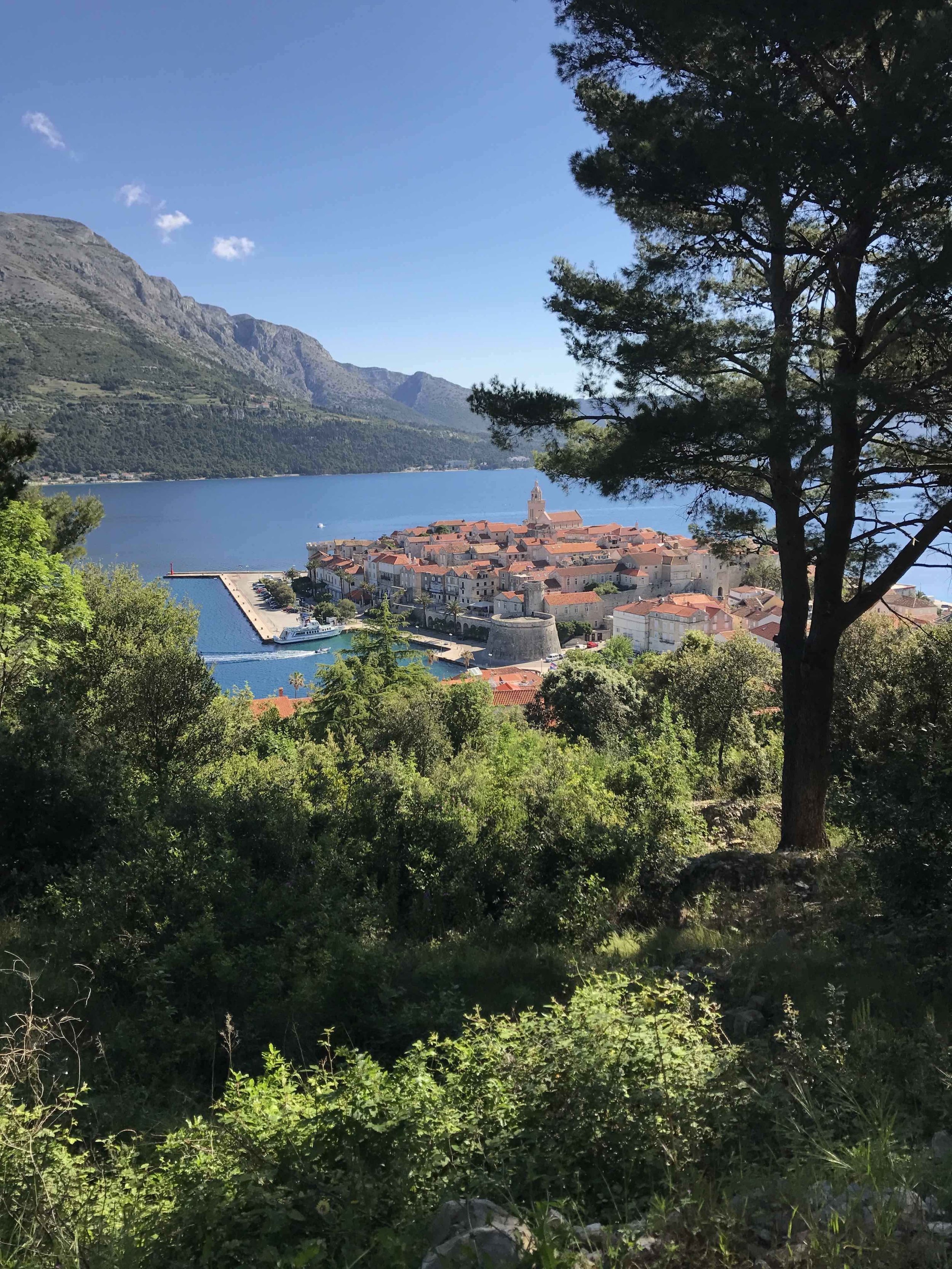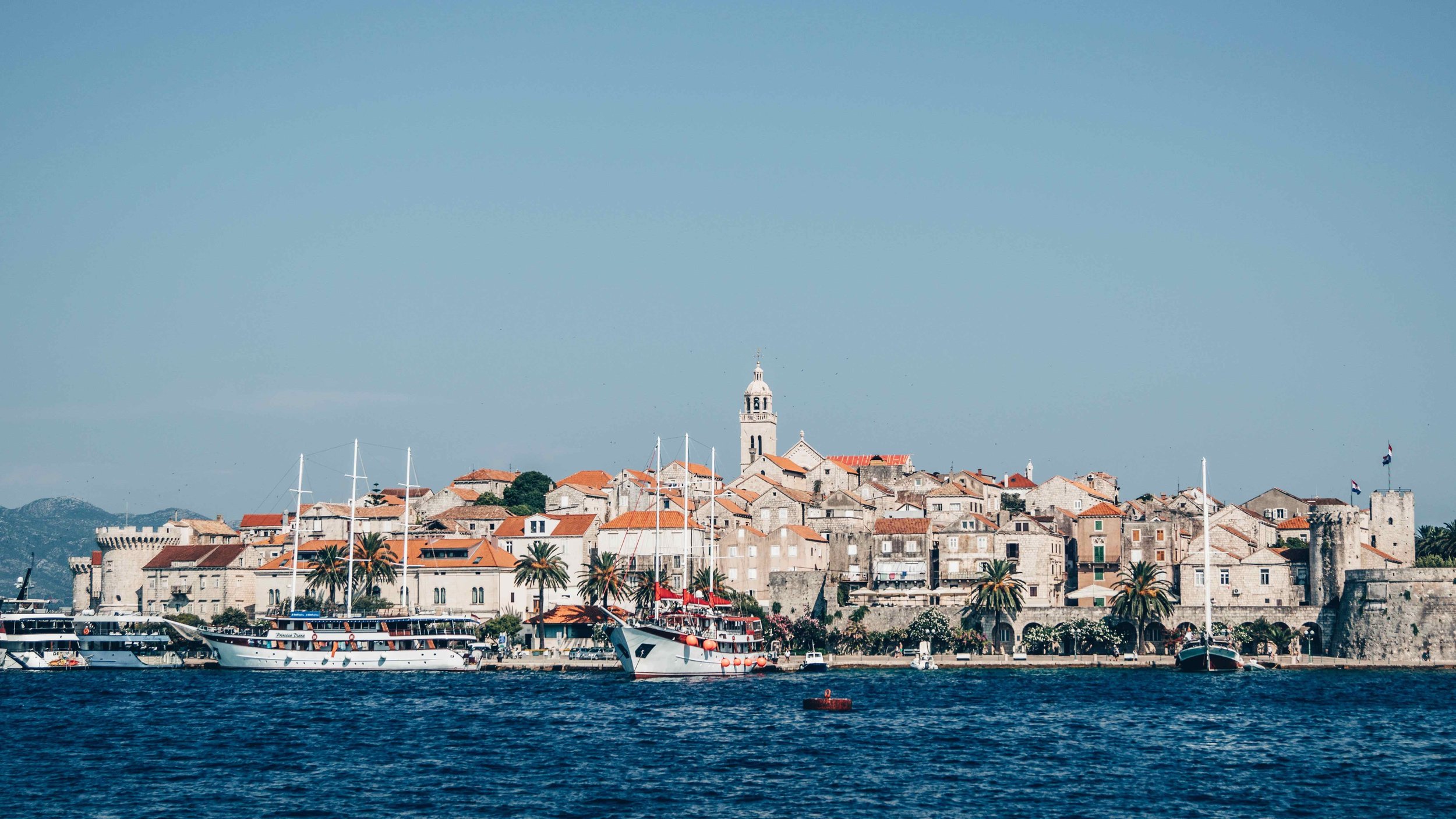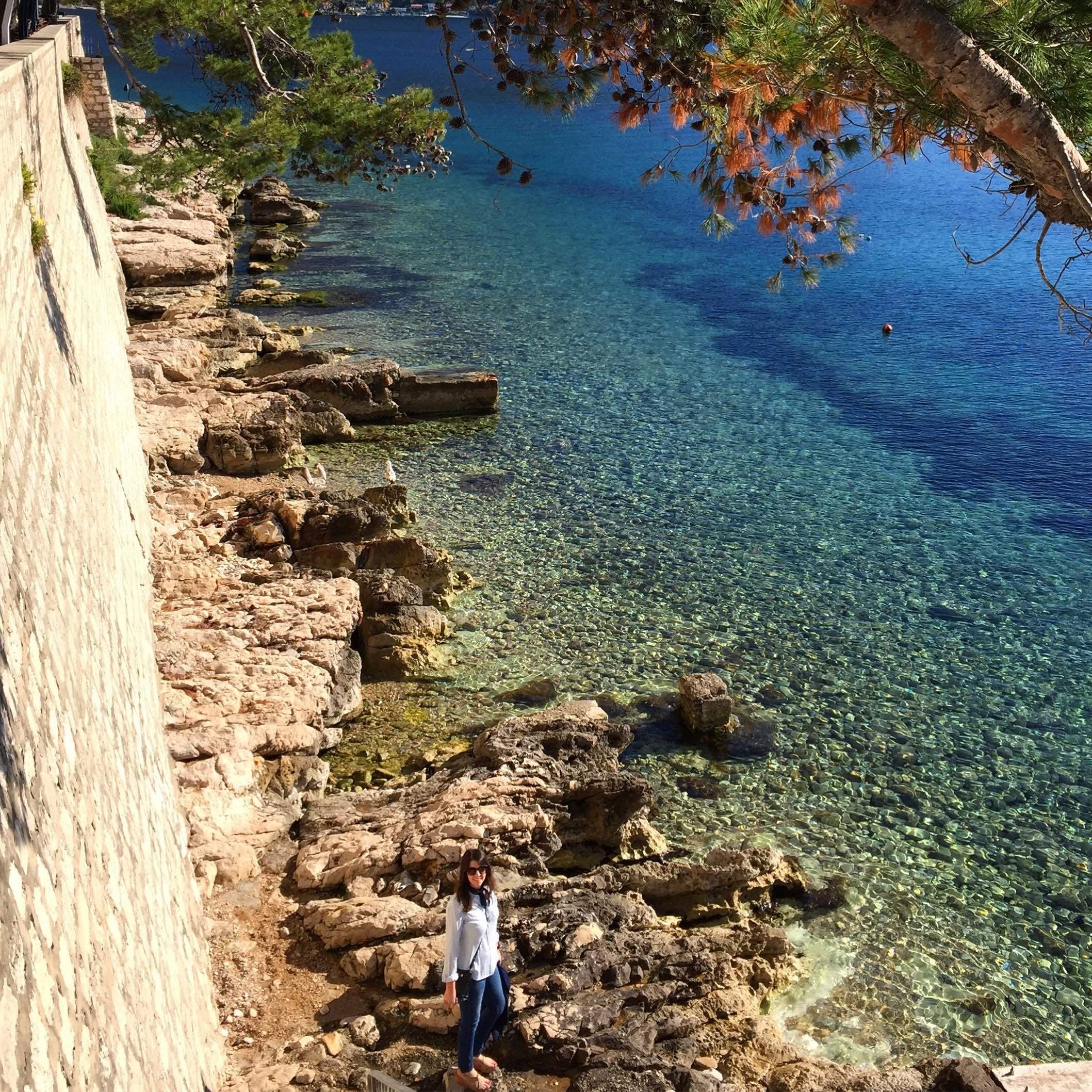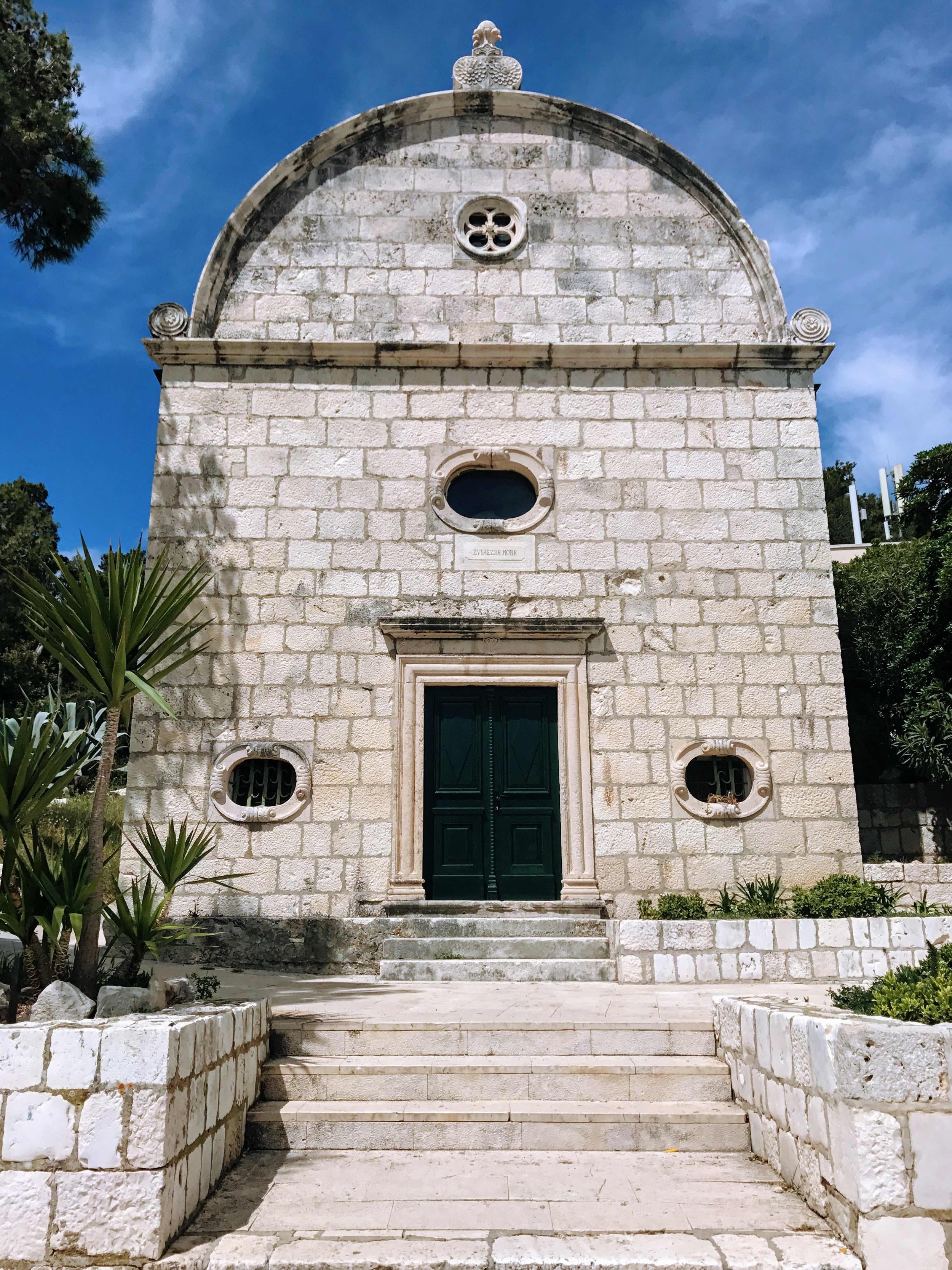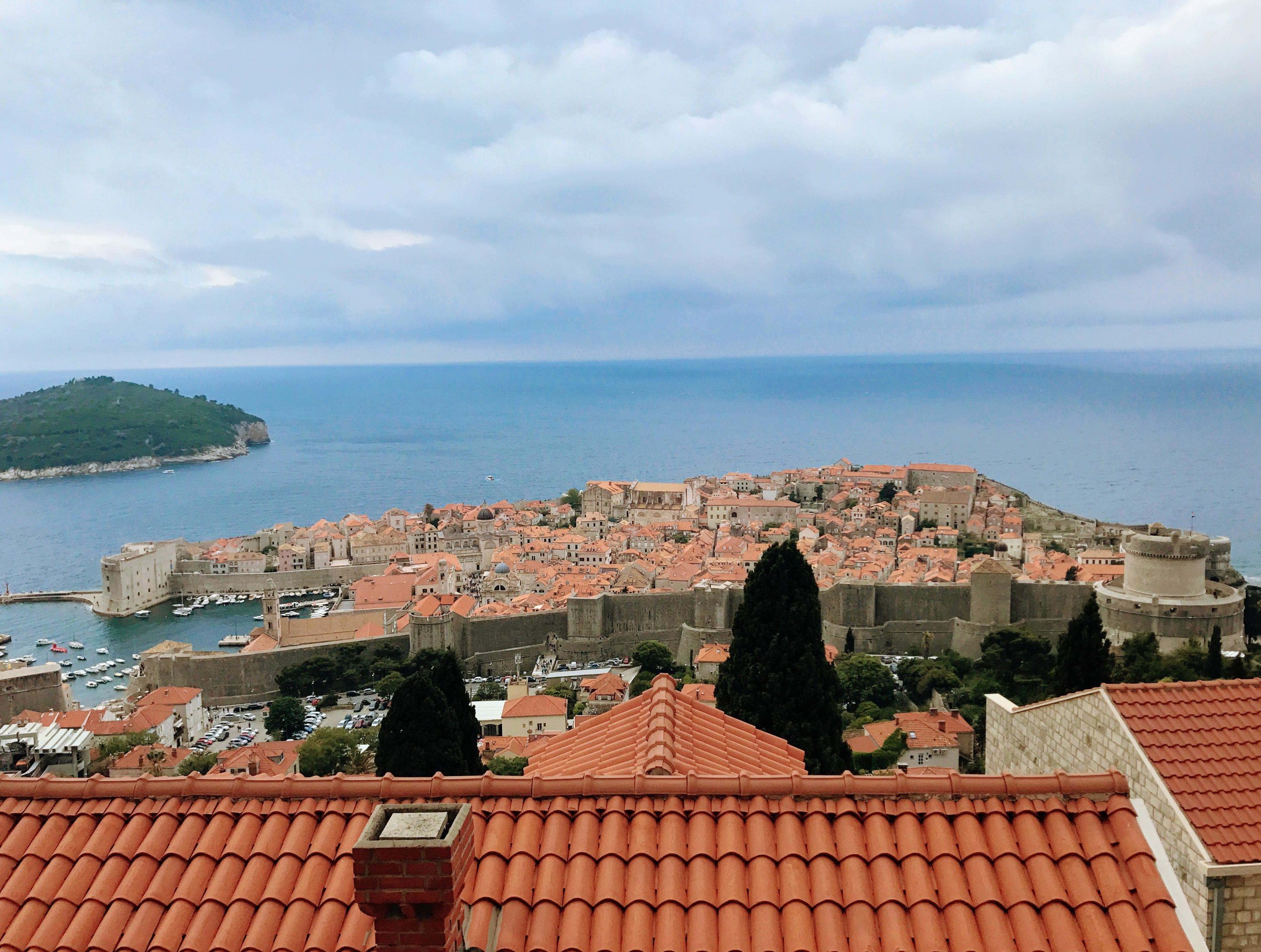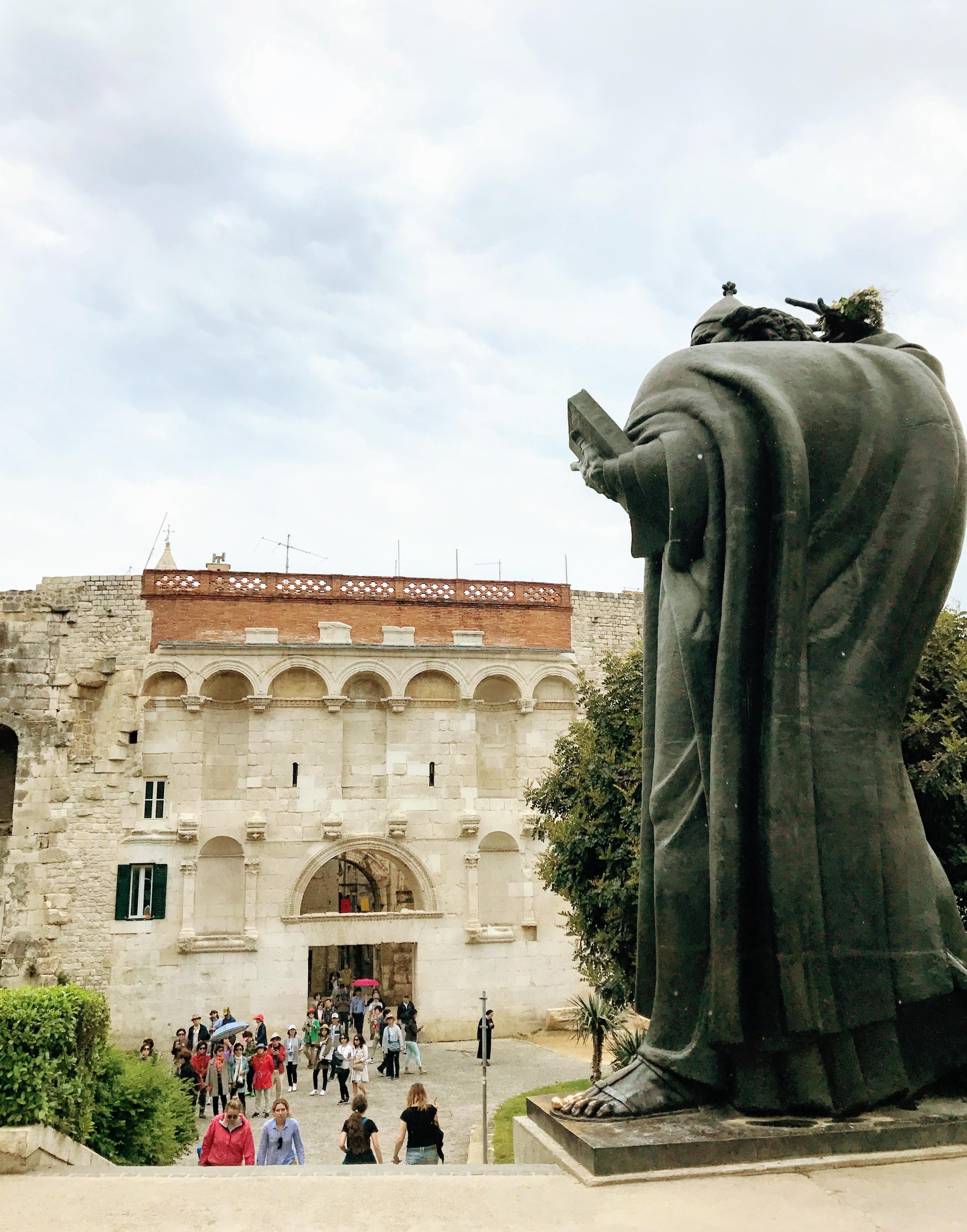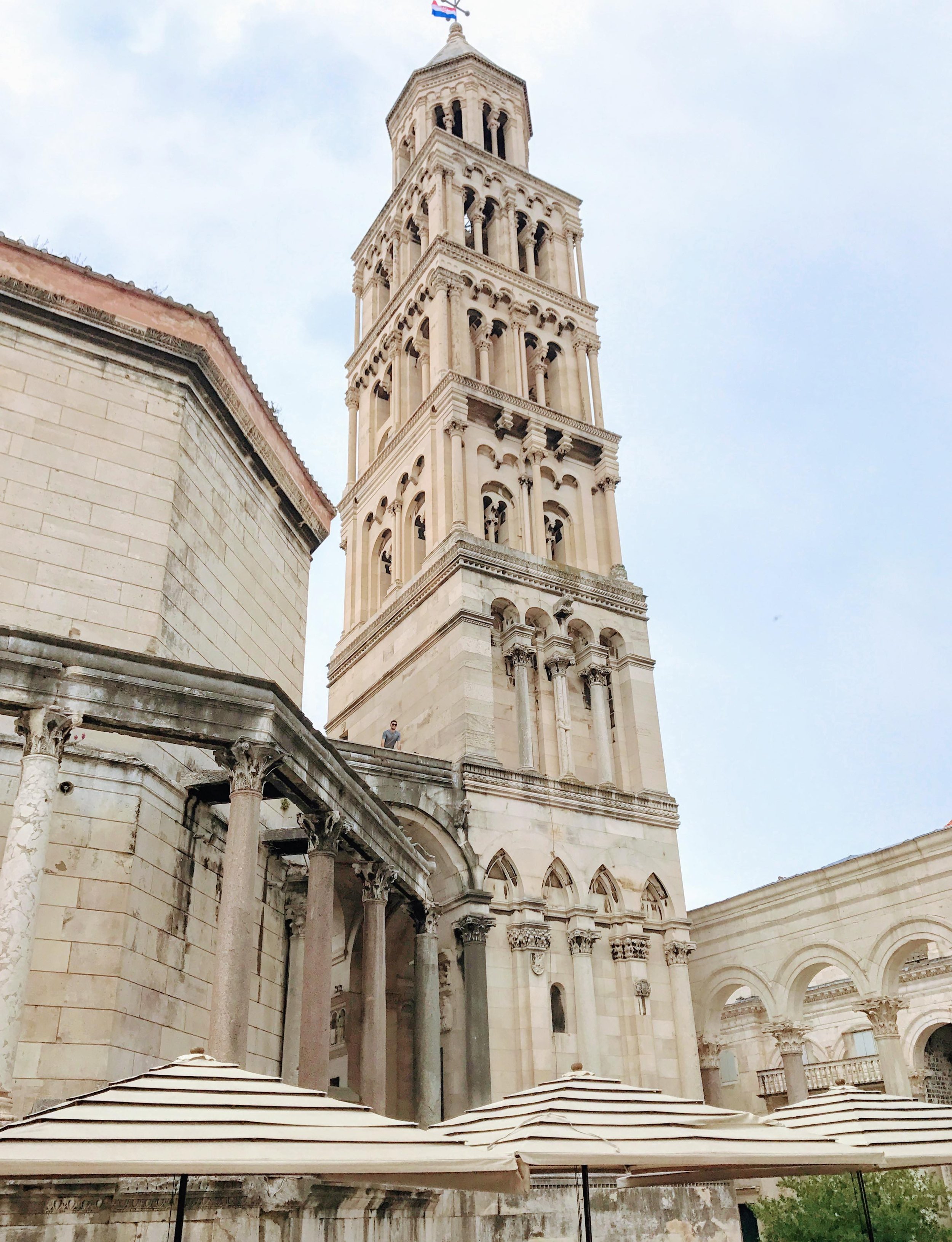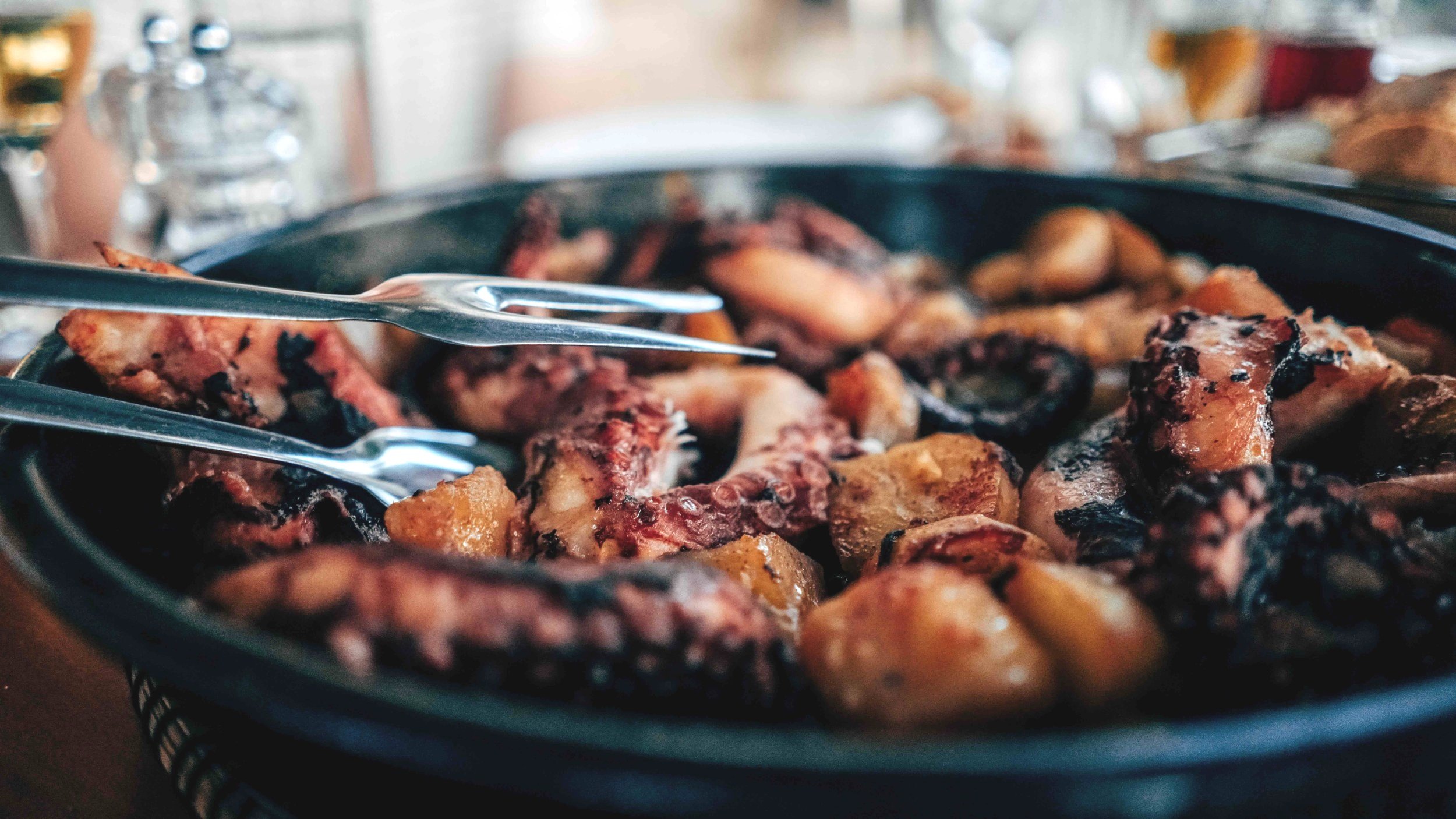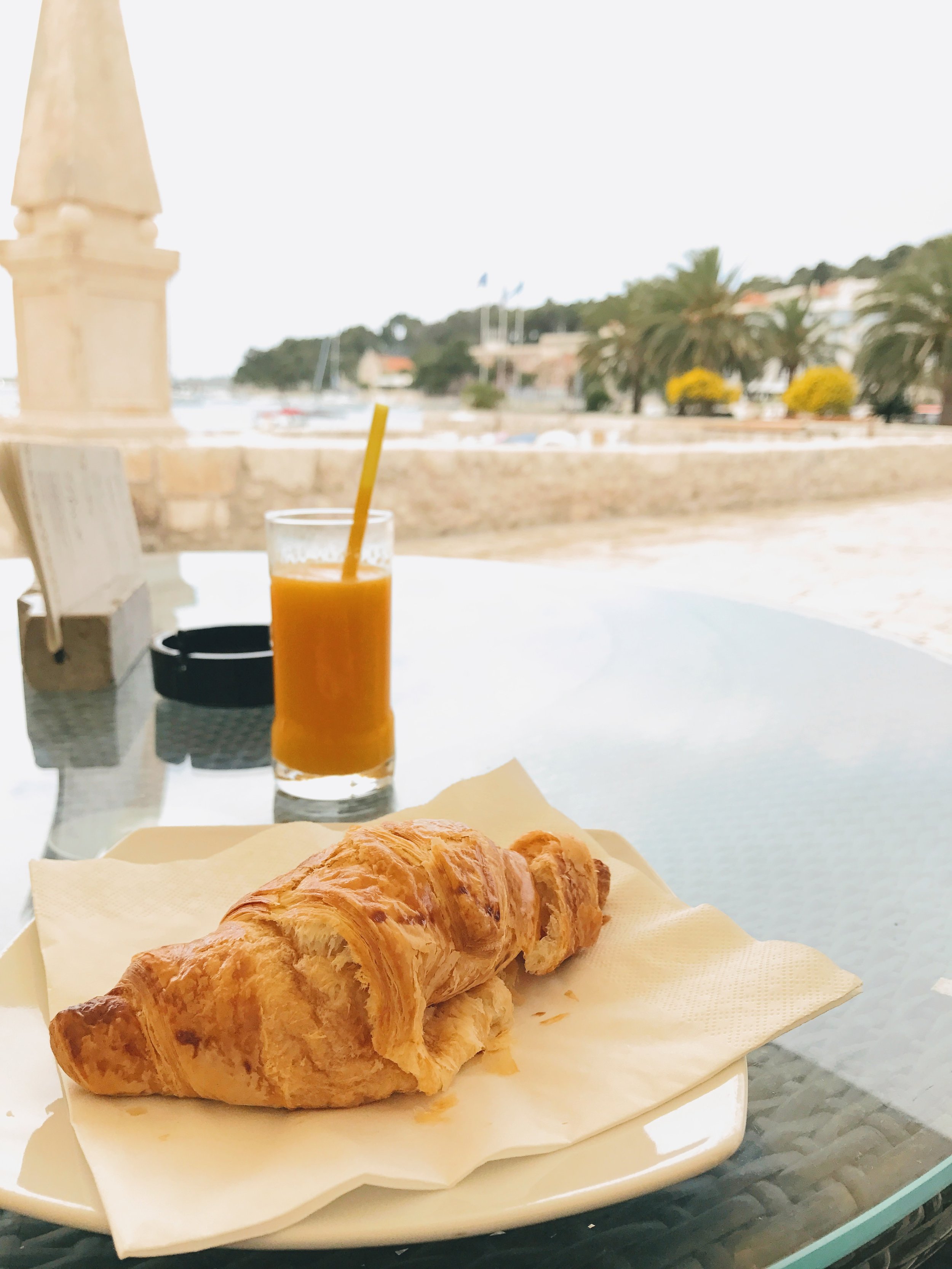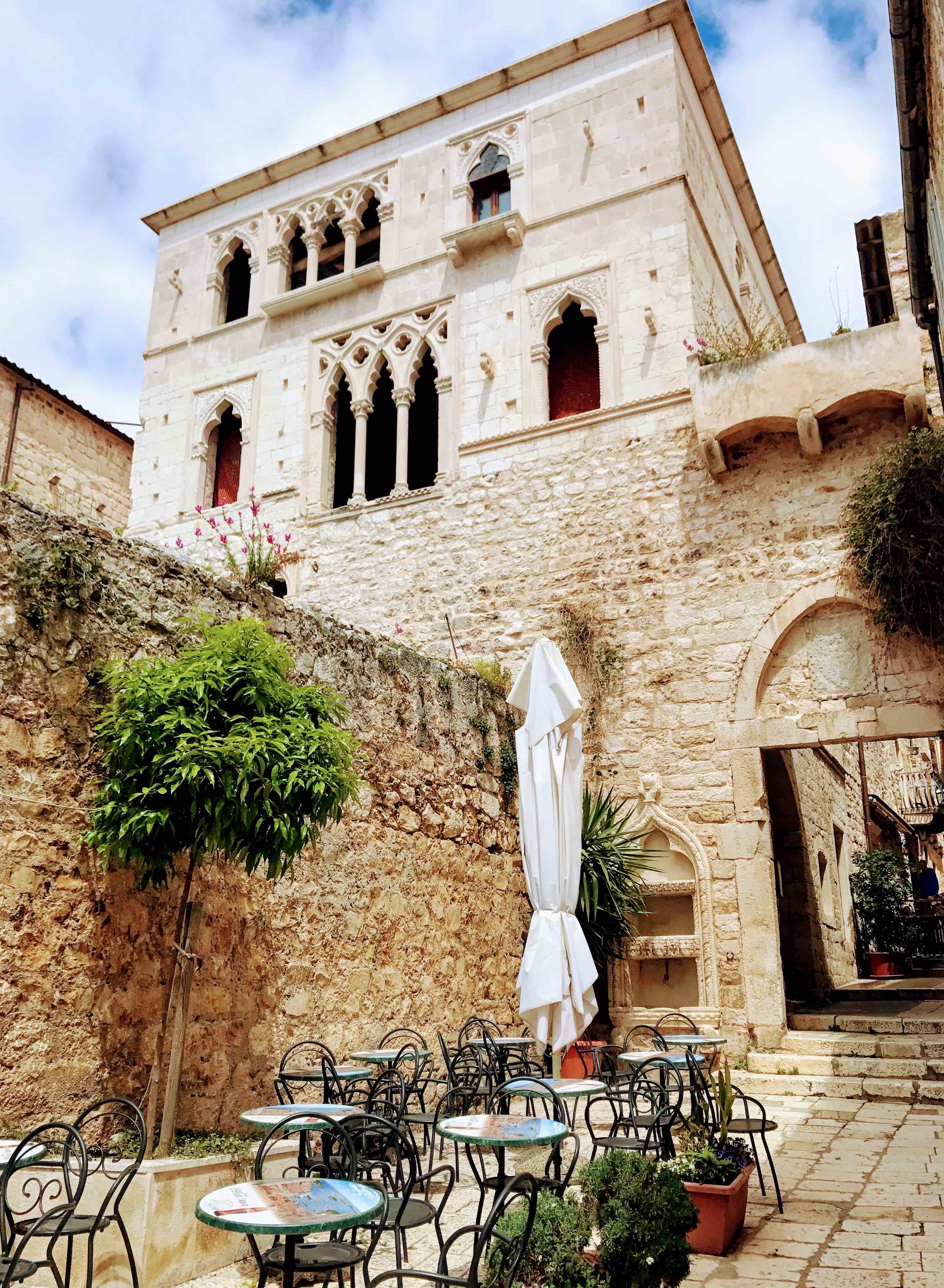Roam Guide / Croatia
While each of our guides aims to offer simple advice in a format that's easy to navigate and share, we recognize that not all travel enthusiasts can translate that information into an actionable plan. If you would like to purchase a turnkey itinerary that outlines exactly how to traverse the country of Croatia, complete with actionable links, click here for a pre-planned getaway. We also understand that not everyone has the bandwidth to take on the details of planning a trip. If you would like us to handle everything for you, click here.
Where?
Dubrovnik, Korčula and HvarAn affordable Mediterranean vacation might sound like a reach, but Croatia offers showstopping scenery at a budget-friendly cost. Long popular with Europeans on holiday, Croatia’s beauty has been on full display in shows like “Game of Thrones” and more recently “Succession”, and tourism continues to rapidly grow. Home to 10 UNESCO heritage sites, Croatia’s well-preserved architecture and natural parks are just as enticing as it’s pristine beaches. We took advantage of inexpensive airfare to Venice, enjoying a road trip through neighboring Slovenia, Bosnia-Herzegovina and Montenegro en route to Croatia - an unforgettable experience we recommend to travelers who haven’t yet explored the vibrant Balkan region.
When to go?
Summer is the ideal time to fully enjoy Croatia’s thousand miles of Adriatic coastline. Our visit in early May was crowd-free, yet still warm enough to venture in the water. If you enjoy sightseeing more than swimming, consider the mild shoulder season in spring and fall. Even in Winter, the highs don’t dip below a mild 40 degrees.
*According to the U.S. Embassy in Croatia, international arrivals to Croatia must present a COVID-19 vaccine certificate or a negative PCR test not older than 48 hours (starting from the time of taking the swab until arrival at the border crossing). Visitors may also take a test immediately upon arrival and isolate until they receive a negative result to avoid a 10-day quarantine. Montenegro is also welcoming visitors.
How to get there?
Direct flights to Zagreb, Split, and Dubrovnik offer extensive options for tailoring your trip for your personal travel style. Flying to Zagreb, the capital, will take you inland near quieter countryside towns, while Split provides a central coastal option, a popular jump-off point for island hopping (and a good option for a car-free trip). Going south to Dubrovnik lands you closer to busier destinations like Montenegro and Mostar, Bosnia. Aim for an itinerary that samples historic mainland cities, excursions to the islands, and time to explore the stunning national parks.
In our case, we flew in and out of Venice adding Slovenia to the beginning of our itinerary and crisscrossing both directions through Croatia. Renting a car makes it easier to cover more ground but requires careful planning to navigate border and ferry crossings. In general, the highways are easy to navigate and we were very impressed by the quality gas station, which skewed more like a cafes.
Rtip: You can easily book American car rental companies out of Italy but Sixt is great if you are staying put in Croatia. In either case, road trippers should read the fine print as our Italian reservation didn’t allow for border crossings into Montenegro.
When planning your island hopping, it’s important to note that ferry schedules are seasonal, only certain watercraft accommodate cars, and those aren’t offered at all harbors. You must book a reservation for the ferry on the day you want to travel, but that doesn’t guarantee your place on a particular ferry; you will also need to cue up in a timely manner to secure your boarding spot. The entire process can be a bit intimidating to navigate, but by familiarizing yourself with this site and watching the locals at the port, you can quickly get the hang of it! Taking the advice of seasoned travelers, we planned out our essential ferry trips ahead of time and purchased those reservations online. We did our best to arrive early to the port for those trips that were key to our itinerary, and we had no trouble boarding the ferry at the desired time of departure. For smaller day excursions, we left our car behind and took local ferries and charters - you can even book an Uber boat!
Where did you stay?
Accommodations are wonderfully affordable, and while I usually prefer the amenities of a hotel stay, the home rental market is very good in Croatia. Planning ahead can open up the possibility of landing a really fabulous vacation property in your desired price range. Plum Guide has some fantastic properties we recommend in our for sale itinerary, like the Captain’s Salute in Dubrovnik and Tartufi in Korčula
In Dubrovnik, I worked particularly hard to find just the right spot in bustling and touristy Dubrovnik - Villa Pedrini was ideal. Tucked in a quiet corner just steps from the city gates, the hosts treat guests to a thoughtful breakfast service featuring fresh mint tea and roses from the courtyard garden; they even provided us with free parking nearby, a priceless amenity in that part of town. Try expanding your search parameters just outside the old city walls and you’ll find the price can be significantly less without sacrificing character or convenience. Mozio is a reliable and affordable way to get around in Dubrovnik although almost everything is walking distance.
Rtip: Roam Guide contributors highly recommend Hotel KOMPAS in Dubrovnik with it’s location a bit removed from the tourist center and it’s balcony views of the breath-taking Adriatic Sea.
In Korčula,We stayed at Fiorino Rooms Korčula. The owners of the accommodation run a charming flower shop nearby. The room was simple, but modern, and a peaceful place to rest after wandering the narrow streets of old town late into the evening.
In Hvar,On Hvar, we stayed at a little apartment outside of town. It was a budget find with a gem of a private beach. You could even snorkel in the isolated Zastupac cove. Hvar is one of those islands in particular that if you scour far enough in advance, you can snag some beautiful home rentals.
What should we do?
Tours of Renaissance, Romanesque and Barogue sites are very prevalent, especially in key cities like Dubrovnik. At the other end of the country, the Istrian Peninsula draws in tourists with enticing kayak tours through sea caves, and dramatic Roman ruins. You can spend days on end in the sun-soaked Dalmatian islands, from deserted to glitzy. And then there is the wine country! The soil, the people, and the livelihood of the grape community are 100% filled with passion.
*Roam Guide contributor Leslee Miller of Amusee shared her experience in the region to help round out our exploration of Croatia’s historic and rich wine scene.
We started our foray into Croatia with a country-side drive as we traveled down from Slovenia. We just skirted the capital city of Zagreb — but travelers should consider this special city in the northern part of the country. From the Catholic Cathedrals (Croatia is 95% Catholic) to the intricate architecture, to the open squares and big city parks loaded with gorgeous plantings of giant eucalyptus trees. This city is stunning! You can spend the entire day visiting the local squares and wandering the Dolac Market, filled with vibrantly colored fruits, lavender, hand-made linens, and hand-pulled mozzarella.
“The pussy willow branches jet out from buckets and the bundles of curly twigs make an interesting backdrop to all the colors.” - Leslee Miller, Amusee
From Zagreb we continued south where we enjoyed lunch in the charming village of Rastoke, a fairytale town built on top of a cascading series of waterfalls. Our main destination for the day was Plitvice Lakes National Park- here you can explore miles of trails that wind over and around sixteen glittering turquoise lakes. The lakes are linked by a series of waterfalls and cascades with wooden footbridges and they are unlike any natural wonder we’ve ever seen. We chose to enjoy the lower lakes and falls near Entrance 1, but you could spend days exploring this stunning park.
From the national park we drove on to Dubrovnik, passing through Bosnia (Neum Corridor) en route to the southern end of the country. The roads are enough to turn your stomach inside out with their twig like guard rails and windy spirals, but the views around each corner are a wonderful distraction. Obviously, Dubrovnik is a must when traveling to Croatia which also means that parts of the city are overwrought with tourism. I suggest you focus your adventures later in the day and early evening when the tour groups have left. After dark, you can really enjoy the stone streets that shine smooth with centuries of wear, romantic restaurants, and architectural sites mostly to yourself!
Rtip: consider taking the Dubrovnik Cable Car to the top of Srd Hill at sunset. This is an experience in itself.
The same strategy works for early morning, so after breakfast we went back inside the walls - where locals were busy with errands, stocking up for the day at the Old Town Market, and tidying up their cafes ahead of the crowds. We opted out of a formal tour and explored the sites at our own pace, including Tvrđava Bokar atop of a steep cliff on the western corner of Dubrovnik's fortress walls. If it’s the water you’re after, hop a water taxi to the shores of Lokrum Island or enjoy the nearby local beach of Banje. We used the peak hours of the day to escape to Kotor, Montenegro, before coming back for the quieter Debrovnik evenings.
Rtip: Seek out Budva, Montenegro which is the peaceful retreat Debrovnik once was. The small town is particularly noted for its beaches, which are among the best on the Adriatic.
After two nights in Dubrovnik, our trip continued to the Dalmatian Islands, which line the Adriatic sea on the southern end of the country. Its in this area you’ll find yourself surrounded by the most surreal jade-colored waters. They say there are over 1,000 islands out there, and on a good day, you can see Italy. There are a multitude of adventures to take on in these Dalmatian islands; from the quieter Mljet National Park, to busier Brač and its showy beaches.
We adventured first to Korčula, because it’s known for its Venetian architecture and its claim as the birthplace of adventurer Marco Polo. To reach Korcula island, we traversed the the Pelješac Peninsula, home of the two famous growing regions for Croatians- The Dingac and Postup.
“The Pelješac Peninsula produces some of the country’s best known wines, and it’s teeming with beautiful vineyards. We loved driving through this scenic region on our way to Korcula island!”
In Orebic, where you catch the ferry, you’ll find the most incredible winemaker, Korta Katarina. The winery and its villa: Rivijera Orebic- is a spectacular site above the beach Trstenica, and is owned by American and Minnesotan, Mr. Lee Anderson, who holds claim to one of the most famous waterfront properties in the region. The white stone floors and the fabulous windows of the tallest building in the area are home to one of Croatia’s most coveted wineries. A tour and tasting (reservations required) will provide a glimpse at some really stellar wines.
“With a touch of brine and summer glints of sunshine, this wine makes you want to lick the inside of an oyster shell” - Leslee Miller, Sip Better
Once in Korčula, we took a leisurely drive around the island, stopping at Pupnatska Luka beach. We otherwise centered ourselves in the old town so we could explore the ancient streets, stop in St. Mark’s Cathedral and enjoy the restaurants that ring the historic city.
The next day when we left Korčula, we shortened our journey north by crossing over from Orebic to Trpanj, instead of back down the peninsula. From Trpanj we took the ferry to Ploče and drove a shorter stretch of the mainland to Drvenik. As we waited for our ferry to Hvar, we parked our car in line and walked along Donja Vala beach where we grabbed a drink at CafeBar Laterna. The cue up for the ferry is at the end of the strip of restaurants along the beach - a very easy walk from one end to the other. We ended up joining locals for a dip on the beach before drying off and boarding the ferry!
We arrived in Sucuraj on the far end of Hvar island. You’ve likely heard of this bustling island, with its stylish jet-setters, hilltop Spanish fortress, lavender fields and pristine beaches. We focused our time near the port city centre and old town Hvar Market, leaving plenty of time to walk around the harbor and stop at places like the Franciscan Monastery. If the weather is nice, you’ll want to carve out time to soak up the sun at the iconic Bonj les bains beach club. Really any beach will do, and there are so many to choose from all around the island!
“The water is the most intoxicating blue I’ve ever seen, and the temperature of the water was warm enough to stay in for a long time, but cool enough to get refreshed from a busy day sightseeing.” - Jackie Pahula, Roam Guide Contributor
On our third day in Hvar we were disappointed when our charter to Stivina beach on Vis was cancelled for bad weather. However it left us more time to explore Hvar further outside of old town. We were pleasantly surprised by our morning drive to smaller Stari Grad, including a stop at Tvrdalj Castle.
From Hvar, we took the ferry to Split- where we took a few hours midday to explore. We saw Diocletian’s Palace, shopped the market, and meandered through old town, enjoying stops at the Golden Gate and the Gregory of Nin statue before moving on to central Croatia. For travelers visiting Splitska - Krka National Park is another stand-out destination in this region.
As we traversed back north, we made an unplanned stop in less popular but equally memorable, Zadar — home of the unique Sea Organ and Sun Salutation, and much older marvels, like the 9th century St. Donatus church. Our evening shopping in the old town and dining alongside locals was unexpected and enjoyable, and we knew we’d have to plan a return trip to discover all we missed this time.
On our last day in Croatia we drove from Zadar towards Trieste, Italy, by way of Pula and Rovinj. Both beautiful cities with and Italian architectural influence. This area of the Istria Peninsula is yet another overlooked region of Croatia. On a second visit we will give this region a second look.
Rtip: If Istria peninsula is on your list you can also opt to travel through the centre, exploring some of the region’s 136 medieval hill towns.
Where should we eat?
Similar to the lodging, the dining scene in Croatia boasts inexpensive, yet indulgent cuisine. We started every morning with an espresso and pastries that we chose on a whim. We selected our lunch locations based on the view of the water and the posted specials, usually fresh seafood and pastas. Friendly hosts helped us choose from romantic dinner options and we noticed that each of them served a signature black risotto dish, famous throughout Croatia. Usually I'm one to book standout restaurants in advance, but this time I instead I found it more fun to wander, following our mood, looking for ambiance, and browsing the daily menu offerings.
“The Croatians are friendly, inviting, and passionate. They feed you and drink you to no end, at all hours of the day. From plates of grilled whole squid to spiny looking lobsters tails – the seafood will rock your world. But most importantly, it’s how it’s served — gracious and soulful.” - Leslee Miller, Amusee
In Dubrovnik, Bard Mala Buža is a popular destination inside the old walls of Dubrovnik, but it might be best to look beyond for more peaceful options at peak hours when cruise ship passengers clog the narrow stone streets (or you can visit the Old Town Market early in the morning to shop for produce with the locals). Because of the heavy tourism, Dubrovnik can get quite spendy, but Nautika is a beautiful choice for a celebratory dinner with an unbelievable view of a popular oceanside fortress at beach Bokar.
In Korčula, We tasted rich cakes and flaky pastries while sitting dockside at Bakery - Best Borek. And it was in Korčula we dined at Restaurant Filippi where we enjoyed extraordinary Mediterranean pasta options and an incredible sunset view.
In Hvar, We loved the u.o.ploča 85 bakery in Stari Grad. They serve strong coffee, fresh juice and have a great patio for people watching. The town's little harbor is bustling in the early morning as yacht crews prepare for their day. In pricier areas like Old Town Hvar, my advice is to stop in a grocery market and prepare a beach-side picnic lunch featuring fresh fruits and local cheeses. Loco bar is a touristy cafe on Hvar harbor, but a nice option to take a break from exploring. Our most memorable meal was open-air dining at Passarola. The menu featured local flavors - savory truffle pasta, roasted rosemary potatoes, and seafood with citrus.
Rtip: Look for Pag cheese. It's a Croatian variety of hard, distinctively flavored sheep’s milk cheese originating from the Adriatic island of Pag. It’s flavor comes from the salty diet of the Pag sheep who live on the island.
What should we drink?
Don’t miss the fresh-squeezed orange juice, which is readily available at many café counters and beach-side bars. Gemišt, a refreshing white wine spritzer, is a perfect refreshment for seaside lounging.
Tell us something we don't know?
Croatia shares land borders with 5 countries: Slovenia, Hungary, B&H, Serbia and Montenegro.This positions Croatia perfectly to easily check-off new countries from your travel bucket list.
What is the one can't miss item on your itinerary?
One of my favorite travel moments was crossing through the Neum Corridor in Bosnia at sunset: the countless roadside citrus stands in the valley were almost glowing in the golden hour light.
What should we shop for, or bring back with us?
Lavender is abundant in Croatia, and it’s fun to hunt for sachets as you pass through the markets: I bought several for myself and our house sitter. I remember specifically picking up lavender at Stari pazar - Tržnica, which is the Old Town Market in Split. My luggage has never smelled better! Culinary treats like truffle oil and wine are also nice choices, and next time, I’ll be sure to buy an iconic Šestine umbrella from Zagreb.
RSommSays: Vladimir Bornstein holds the oldest bottle of Croatian wine in his wine shop in Zagreb. It’s here you’ll find him in his ‘basement like’ cellar faming the oldest and first wine shop in all of Croatia!
Situated inside the Franciscan Monastery in Dubrovnik is "third oldest pharmacy in the world.” For seven hundred years the pharmacy has been selling cures for every imaginable ailment. Look for the ”Krema of ruza”, which is the most wonderful $12 face cream. Be on the look out for Zagrebacki Melem which is an amazing Croatian skin and lip balm.
“I wish I had purchased 50 jars of this wonderful face cream. I would go back to Croatia just to buy more.” Roam Guide Contributor, - Jackie Pahula.
What should we take on the trip?
We only travel with carry-on luggage, so when I’m headed to a sunny destination like Croatia, I use a beach tote as my hand luggage. I pack my purse as normal and simply nest it inside the beach bag. I also bring our favorite Turkish towels, which are both stylish, and functional as they dry quickly.
You’ll want to be sure to have swimwear handy, since you never know when a scenic drive might bring you to a perfect beach. Keep in mind however, the coastlines and beaches are often rocky, so if you hope to spend most of your time seaside, consider packing a favorite water shoe or sandal and consider a dry bag. Aqua socks are a must because of the beautiful but rocky beaches. Since we planned for mainly urban exploration and short hikes, we didn’t bother with heavy hiking boots, instead opting for our travel favorites. We also packed lighter loafers and sandals, since we enjoy dressing up a bit for the romantic restaurant reservations in the evenings.
Tell us what' you’d do differently next time?
Honestly our sequence was not the perfect route, but there isn't a singular great way to cover the country. We tried to sample as many places as we could, in far too little time. Now that we’ve done it once next time we will fly directly to Split/Dubrovnik skip the car and relax on one or two of the islands. Maybe even rent a big beautiful beach house and share it with friends.
Rtip: If you want to go beyond the guide, R&R can customize an ideal itinerary to suit your needs.


